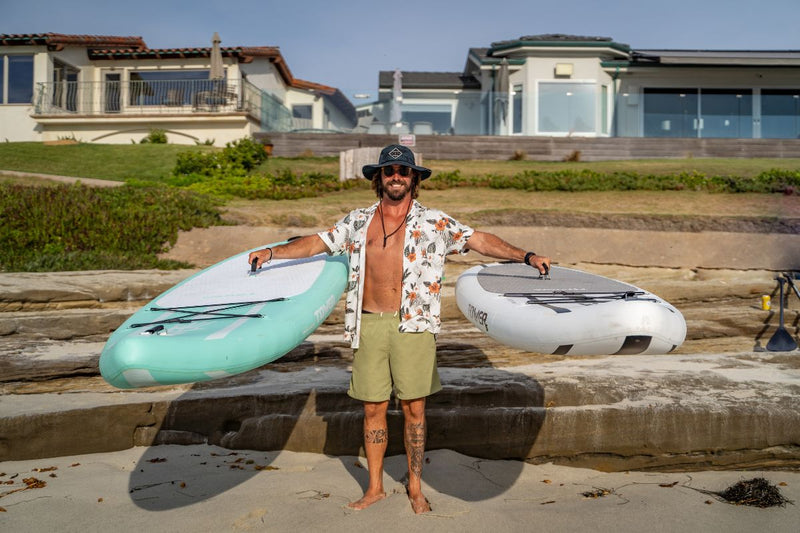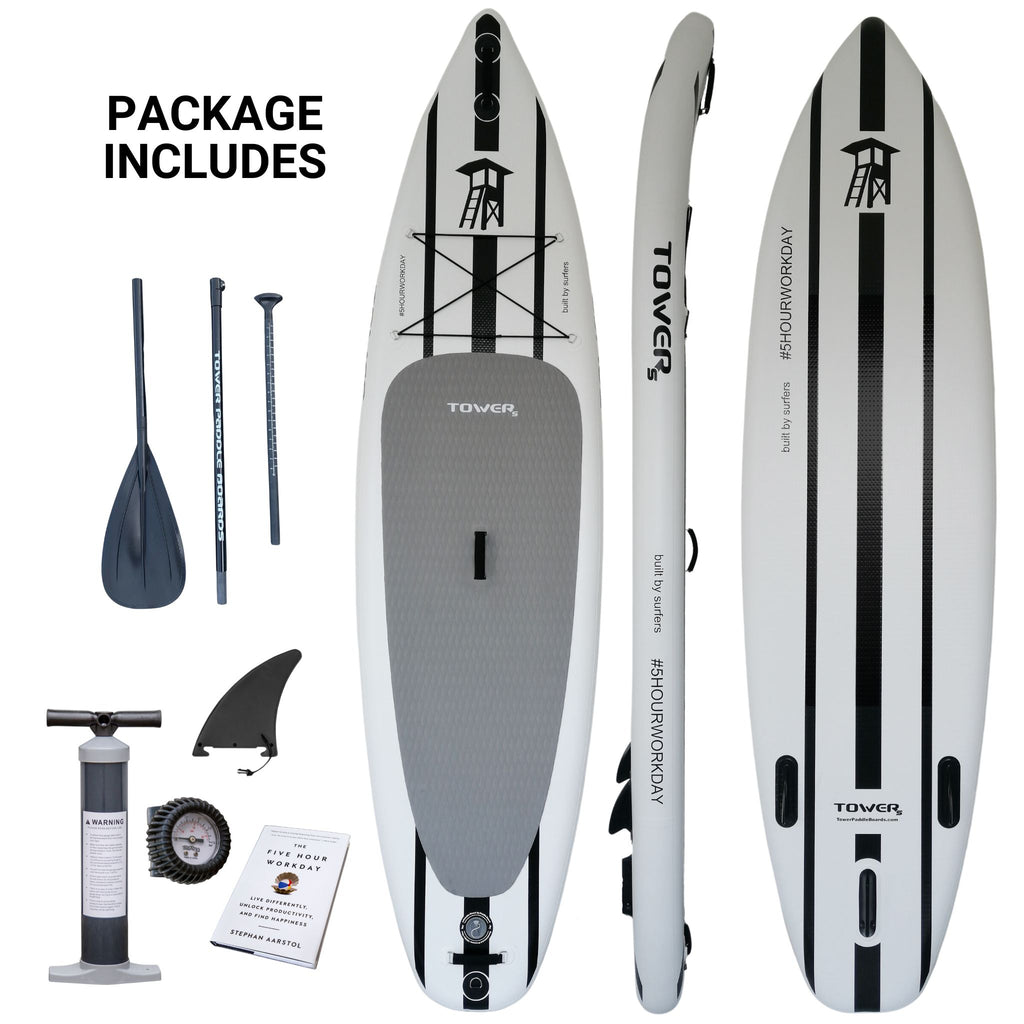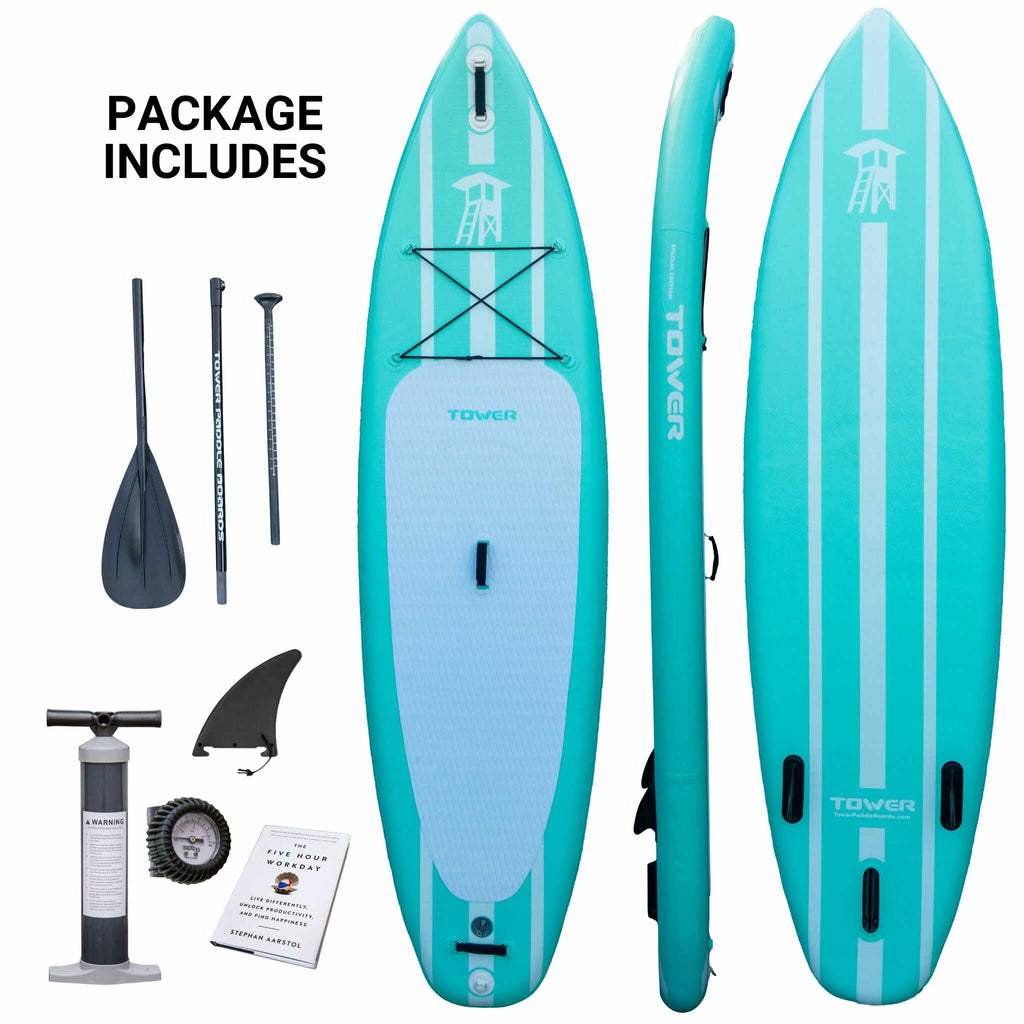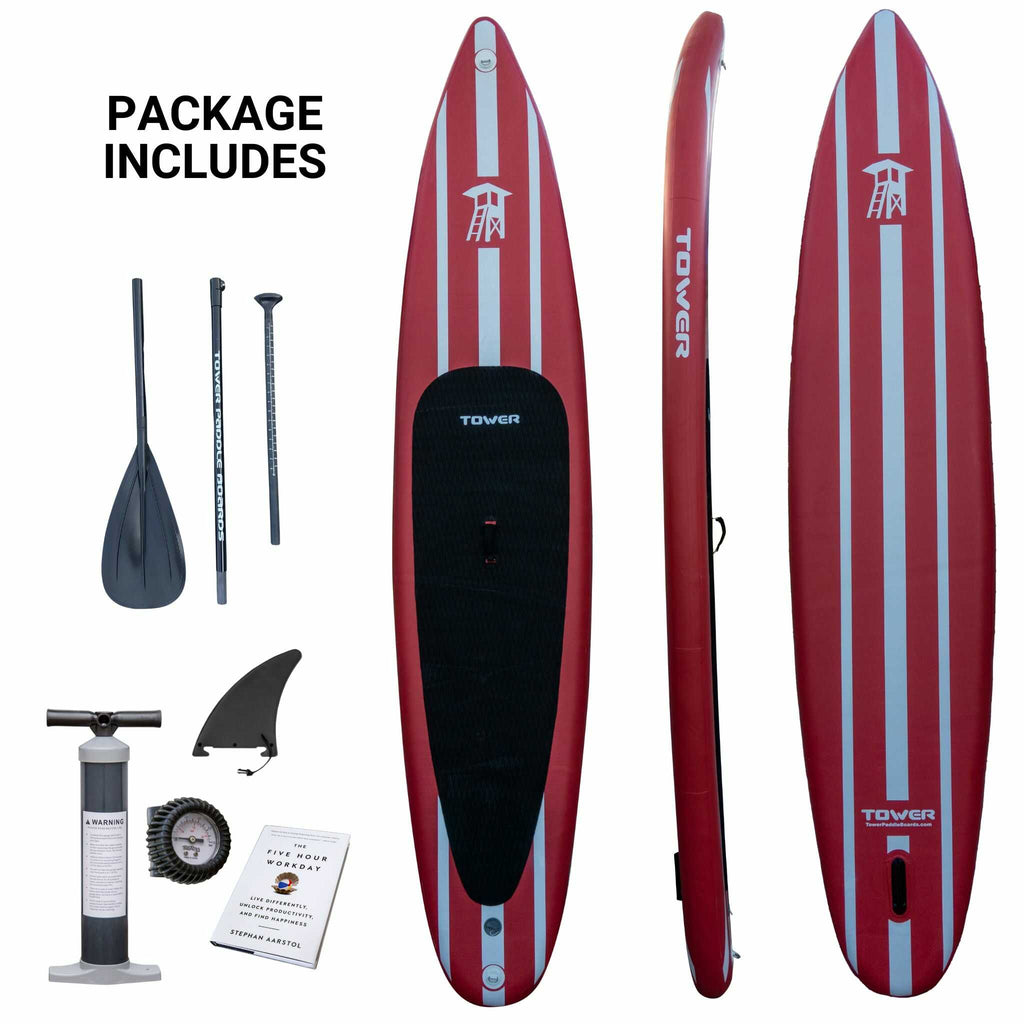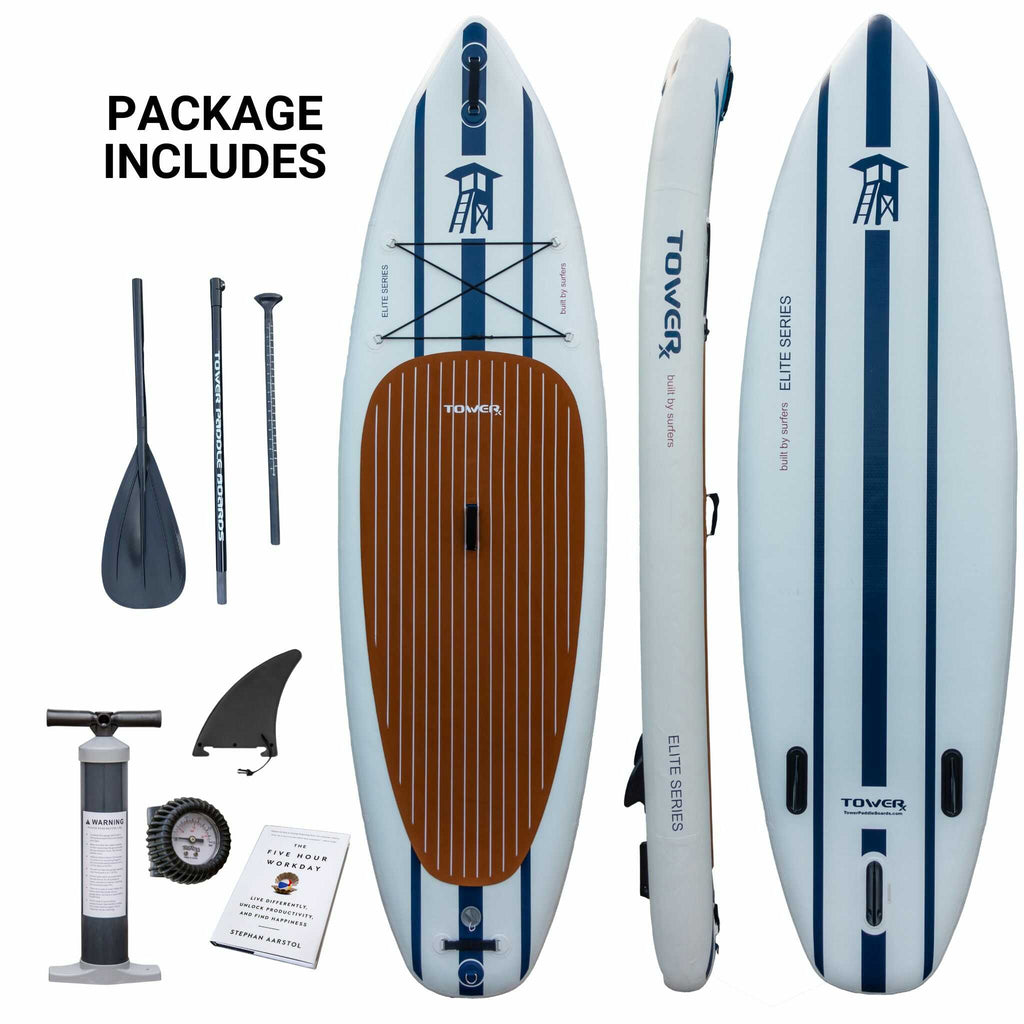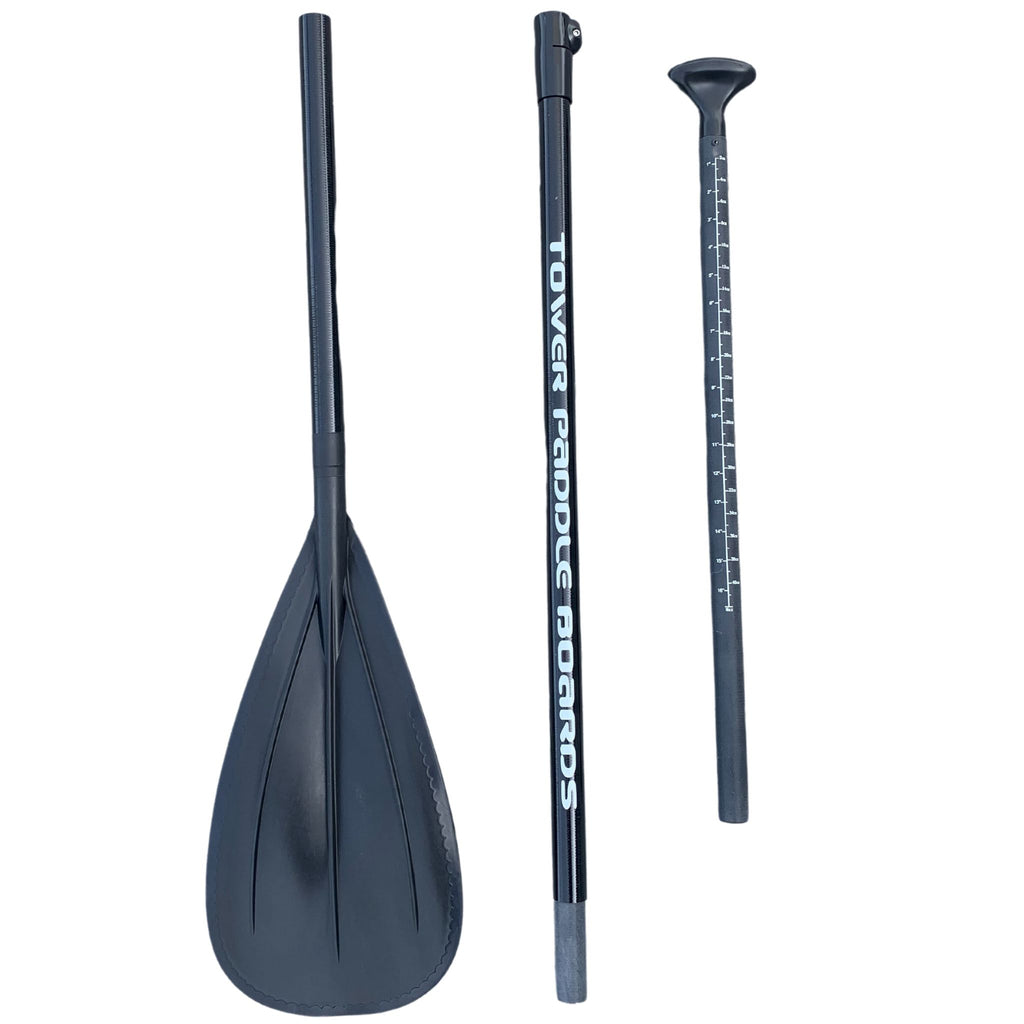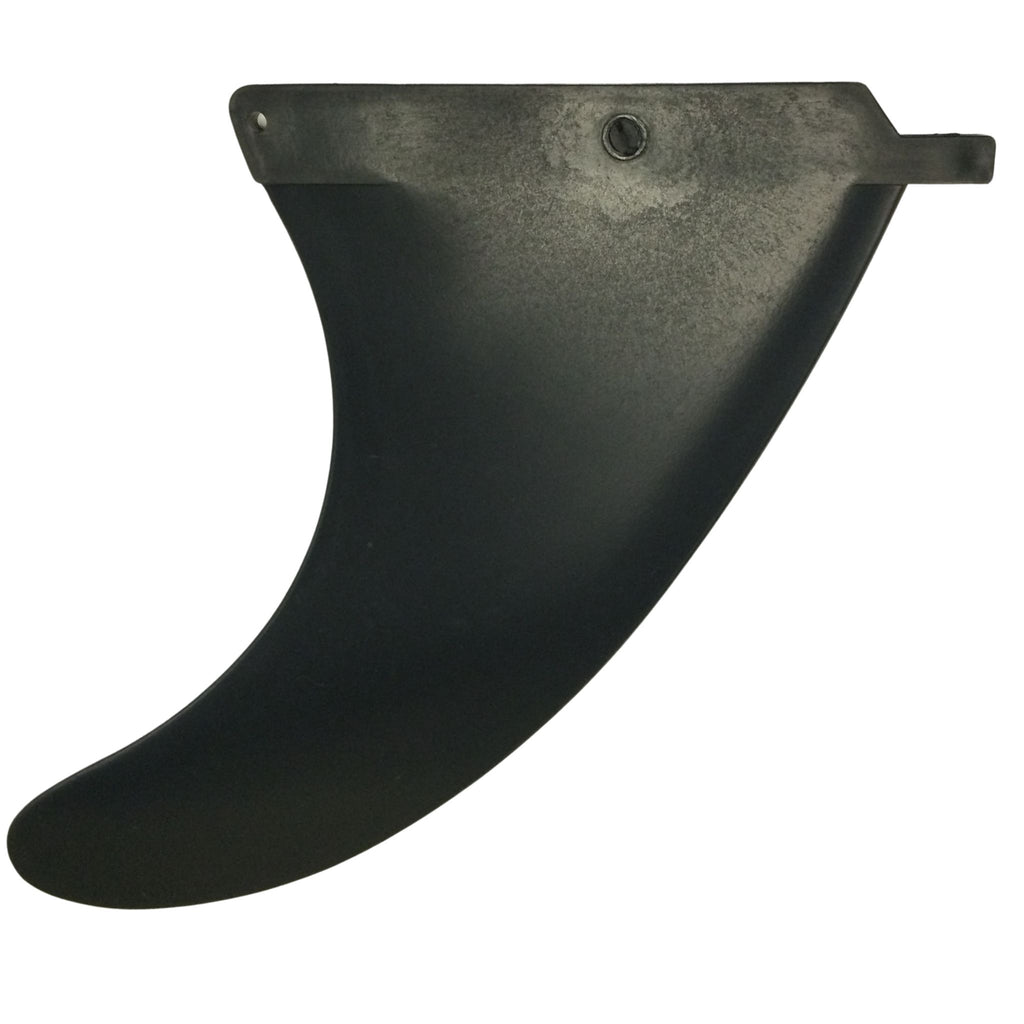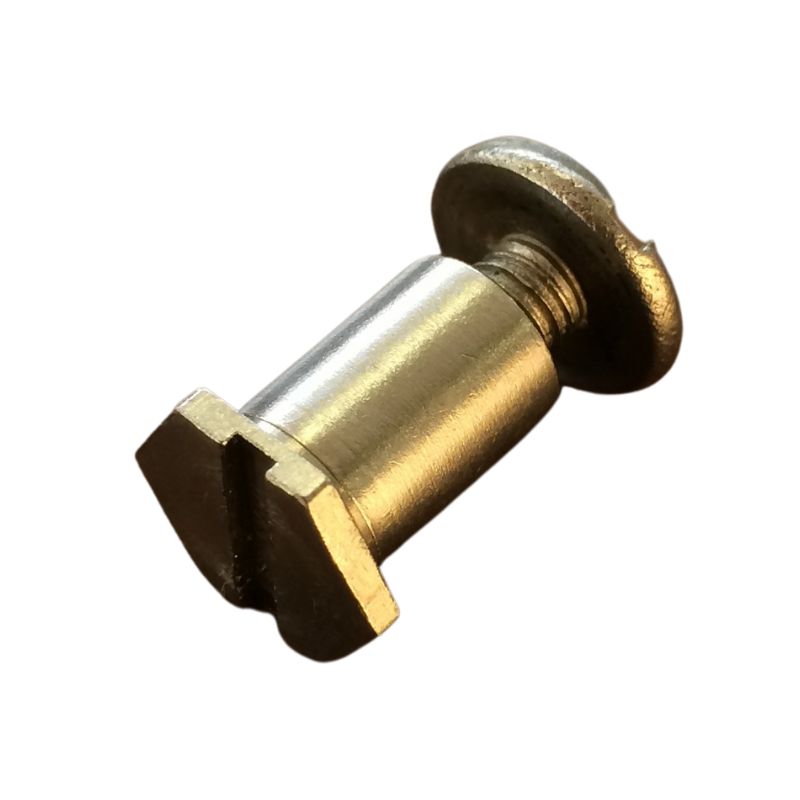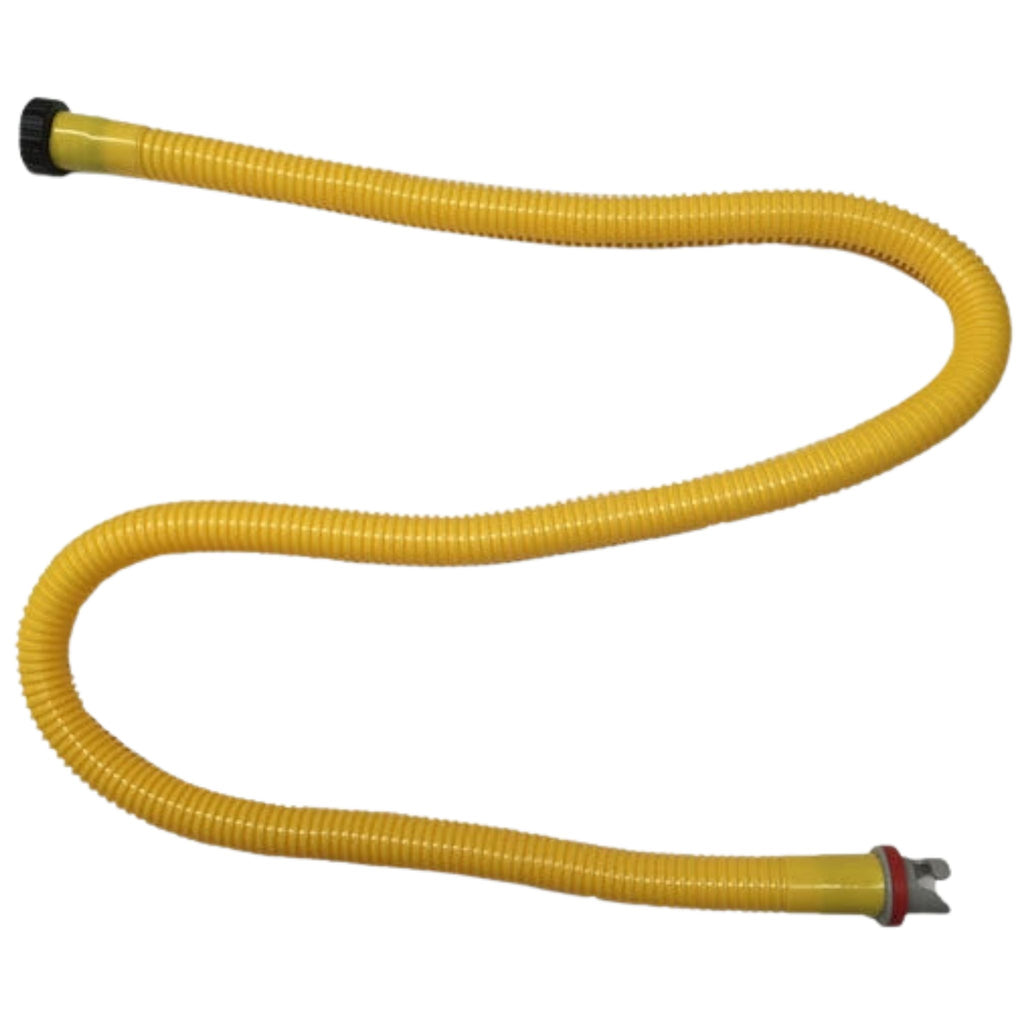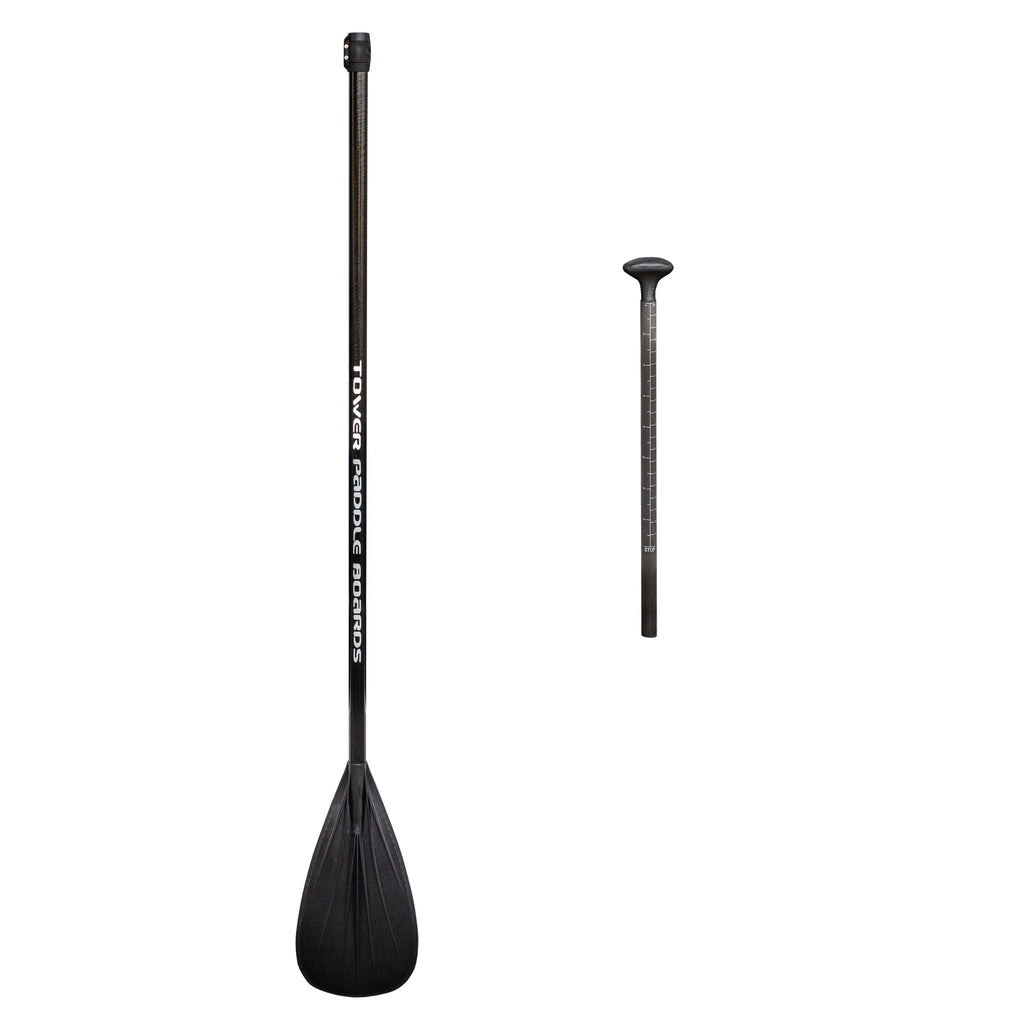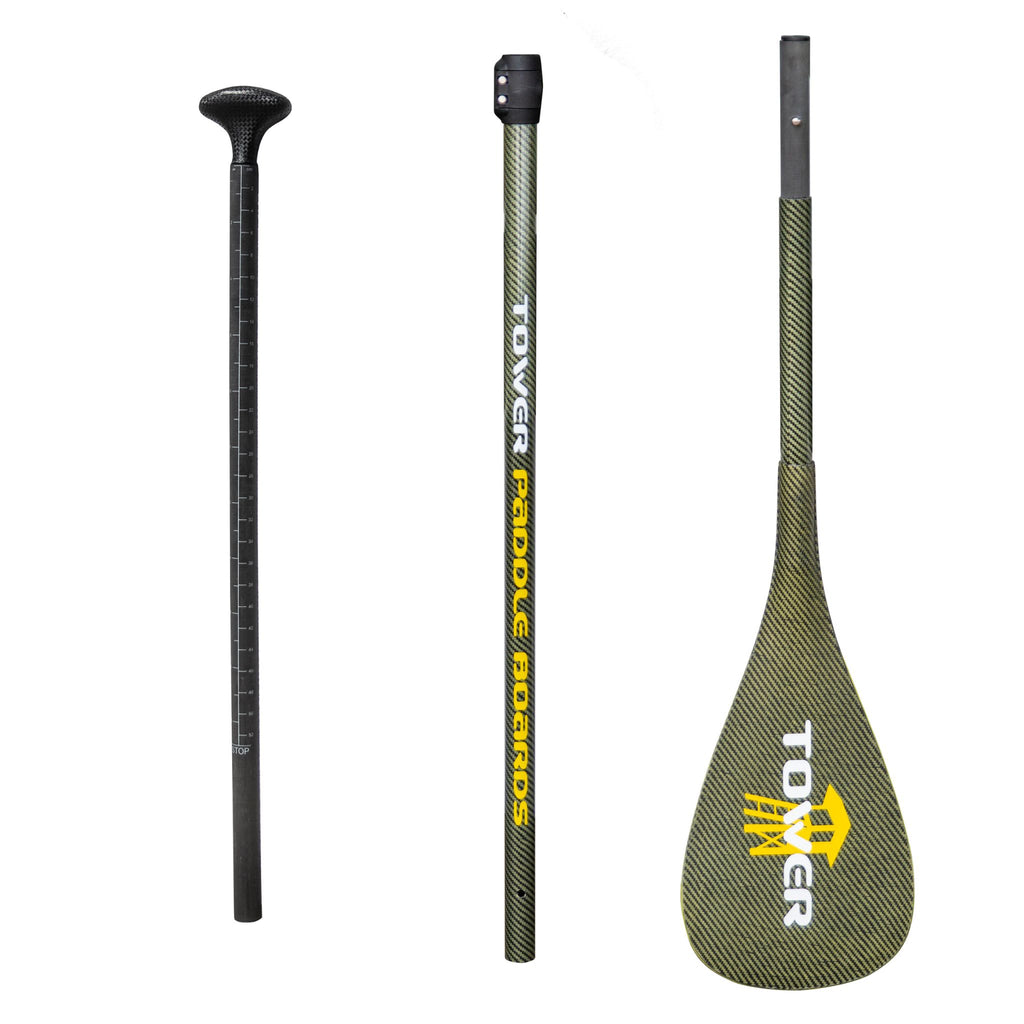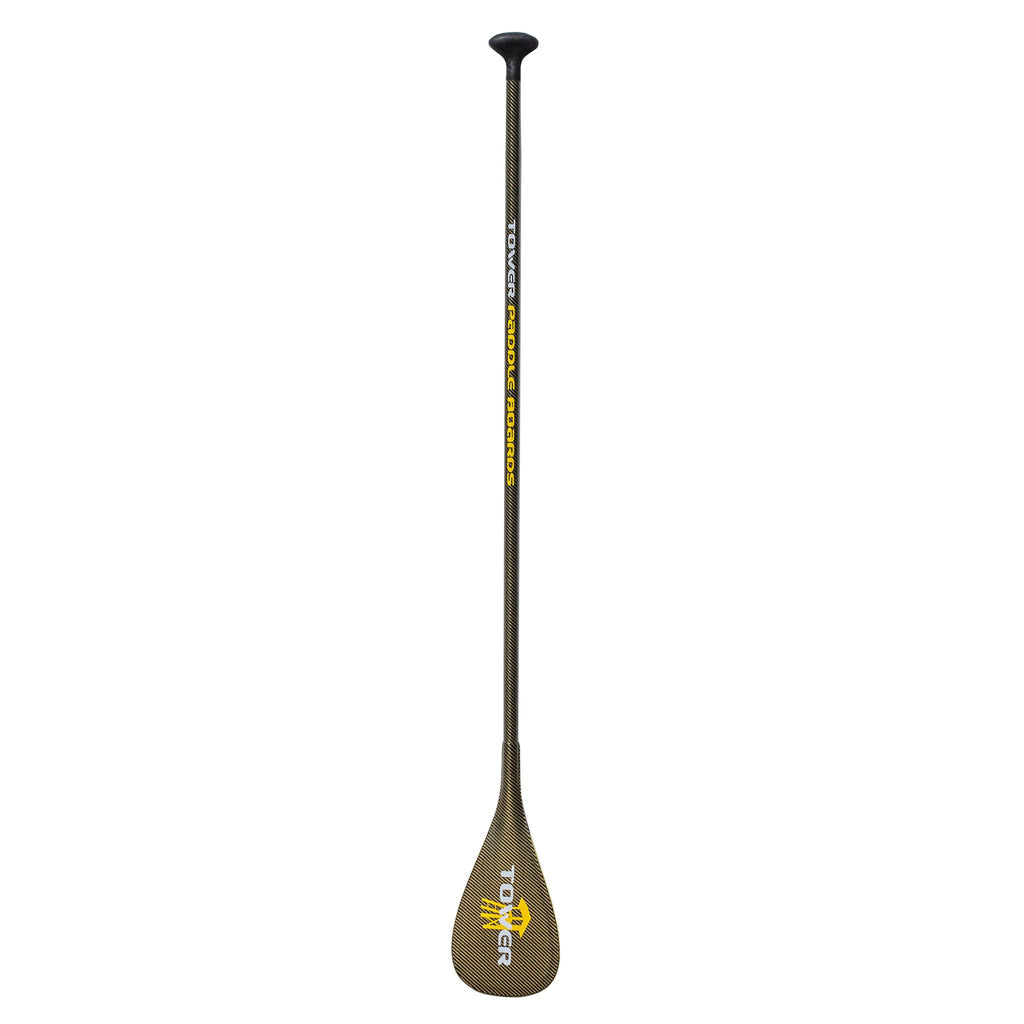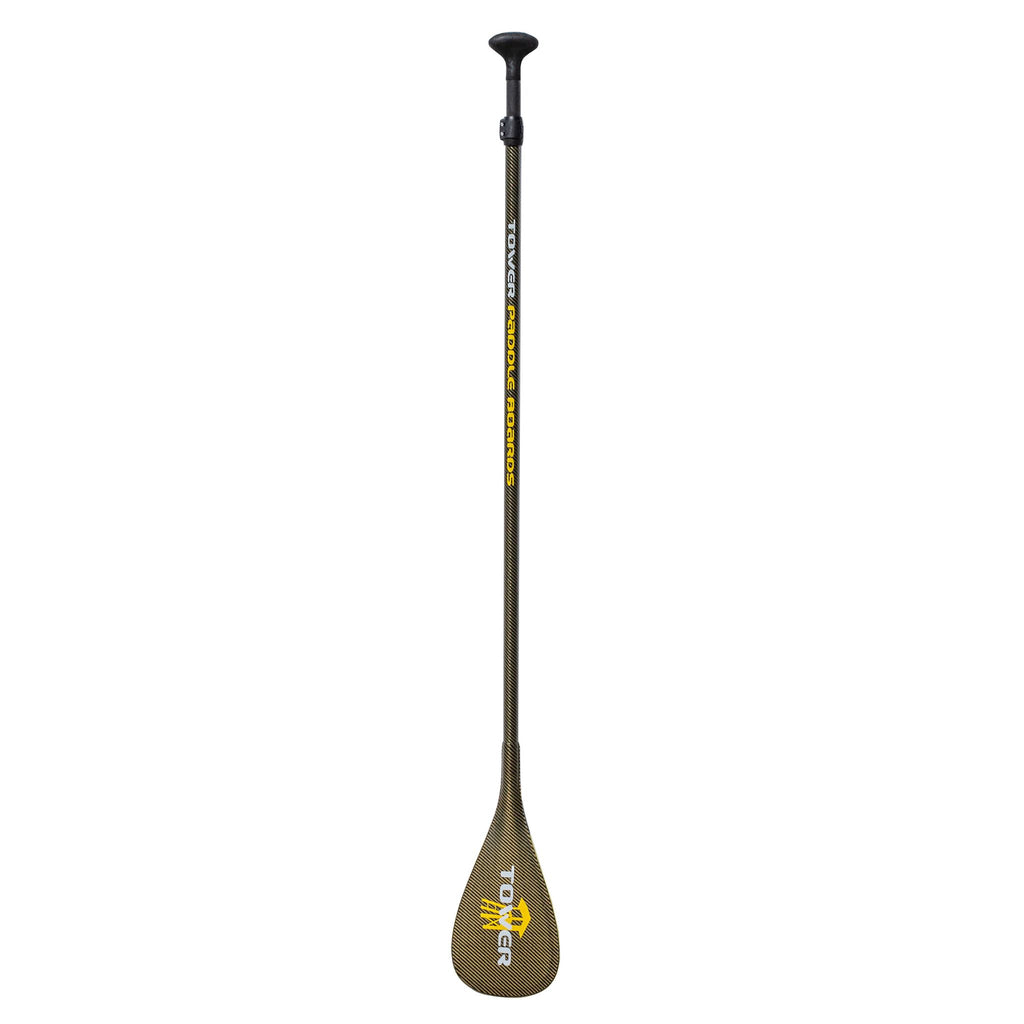Do Inflatable Paddle Boards Pop?
Yes, seam splits do happen on inflatable paddle boards (and boats) with enough time and exposure to the elements, but it’s critically important to note that inflatable paddle boards vary greatly in terms of construction type, manufacturing quality, and factory expertise. They vary greatly, which is why it matters what brand you buy. Some brands’ iSUPs are notorious for failing quickly, while other brands are known to last a long, long time without issues. Some brands are known to have a very low instance of warranty claims with seam splits (also known as or described as “blowouts” or even more dramatically “explosions”), while other brands are known to have a high rate of warranty claims. Just the same, some brands answer their phones and actually stand behind their warranties, and other brands are non-responsive and make you jump thru a bunch of hoops or have all these warranty exceptions.
Eventually, all inflatable paddle boards will fail given enough time and exposure to the elements as it’s the nature of a glued product. It’s not a forever product. But what you should really be focused on is finding an iSUP brand without a high rate of pre-mature seam splits. iSUPs are kind of like tires - good tires just last a lot longer than poor quality tires, and old tires tend to have more problems so it's best to replace older tires at a certain point for safety. And how quickly you need to replace them has a lot to do with the brand’s proven quality.
What Lifespan Should You Expect on Inflatable Paddle Boards
While premium quality, double layer, hand glued construction PVC iSUPS do have an expected useful life of 4-7 years, it’s commonplace for lesser quality PVC iSUPs to experience issues in a much shorter time frame depending on construction type, manufacturing quality, and factory expertise. Many brands’ iSUPs experience a high rate of failure within a few years. Depending on the corners cut by untrusted, unestablished brands, there can be entire batches of production that fail right away – after just months of use, or just a little exposure to hot temperatures and harsh environments. In recent years, there have been a number of safety recalls on inflatable paddle boards from some brands based on a high rate of premature seam blowouts due to shoddy manufacturing.

Tower has been a leading quality brand in the inflatable paddle board space for well over a decade. We’ve also single sourced our production with a leading quality factory partner for well over a decade. We do this because we are obsessive about controlling and delivering a quality product. As a result, we’ve had very few problems with seam splits either during our 2 year warranty period (or many years beyond) over the years. This is even more impressive when you consider we have a significant installed base of inflatable paddle boards that have been in use for over 5 years or even a decade. Many, or most, of the competing iSUP brands haven’t even been around 5 years. When our customers have used their board for 5 or 10 years and they have an issue, the vast majority of them buy another Tower iSUP to replace the one that treated them well for so many years.
Tower Paddle Boards, is a pioneer in the inflatable paddle board industry as we introduced the 6” thick iSUPs to the market in 2011 which totally changed the market as it increased the rigidity of iSUPs by over 400%.
I’ll give Naish credit too because they were pursuing this innovation simultaneously to us. Before then, inflatable paddle boards were not great and thus represented less than 1% of the market. Today, it’s over 90%. I’d argue Tower Paddle Boards is also a standout pioneer in quality and value in the inflatable paddle board market as well, and have been for well over a decade… but that’s harder to see in the murky SUP market as there are a lot of me-too brands out there, millions of dollars in advertising being spent by less than honest brands to manipulate consumers, and a lot of less than professional factories and brands in general in the inflatable paddle board business.
What Are The Underlying Causes of Inflatable Paddle Board Seam Splits?
There are 3 main factors:
- Manufacturing Quality
- Time Effect
- Excessive Heat Effect
The environmental causes are time and exposure to excessive heat and the elements. Those happen to every iSUP, and as I indicated above the seams on all inflatable paddle boards will fail at some point given enough time and exposure to heat and harsh environmental elements. The harsher the environment (say storing an iSUP on the deck of a sailboat in the scorching Bahama sun for weeks on end), the higher the failure rate all else being equal. But the third factor, manufacturing quality, determines how resilient an iSUP is to those environmental elements. For this last reason, the best way to avert pre-mature seam splits is to go with a trusted, proven brand. If quality and durability matter to you, brand should matter to you. Go with a brand you can trust. Go with a brand you can reach on the phone. Go with a brand that has a history of honoring their warranties without question, versus a brand that makes you jump thru a bunch of hoops or has a bunch of warranty exceptions. I’ve seen warranty exception language that pretty much provides grounds to negate any and all seam splits – like “damage or defects caused by inappropriate storage in temperatures over 90 degrees and under 32 degrees Fahrenheit” or “Damage caused by overexposure/storage in direct sunlight”. The iSUP market is a buyer beware market.
The Manufacturing Quality Effect on Seam Splits
The biggest contributing factor to seam splits is manufacturing quality. The rail seems on all inflatable paddle boards are hand glued. This is irrespective of whether it’s built with the gold standard double layer, hand glued construction, or fusion construction, or single layer construction. The rails seams are still hand glued.
High quality inflatable paddle board manufacturing is done in a clean and controlled environment, where they eliminate excessive heat and cold and dust. Skilled workers and precision machinery are employed. Then a quality control procedures are applied to the whole system to weed out any defects. This does not describe all “factories” that product iSUPs. Some factories just pop up and produce boards then disappear. Some factories cut corners and costs in a reckless manner at the expense of quality so they can win brand business from established quality, iSUP factories. Then factories experiment with new production techniques to reduce costs and some roll them out before they’ve been thoroughly tested and proven in the market.
Many brands leverage multiple factories at the same time in an effort t to diversify their risk, but more importantly so they can force each factory to compete on price for their business every year. The problem here, of course, is that a brand can have varying quality from board to board and factory to factory. And worse, when they make a switch because of price alone, something frequently goes wrong. Then they start the process all over again. There is little consistency.
At Tower, we’ve single sourced our manufacturing to what we believe is the premium quality factory on inflatable paddle boards for well over a decade. It’s a factory that we played a part in growing into not just a premium quality factory, but also one of the biggest factories, as we are a pioneer in the iSUP industry that many brands have copied in many respects. They copied our move to 6” inflatable. They copied our direct to consumer distribution approach. They copied us when we were one of the first brands to sell thru Amazon. They copied our board design. Comically, they even copy the aspirational way we name our boards (seen any other iSUP boards named the Adventurer or Explorer, haha). We see our single sourcing factory approach as a competitive advantage, even though we know we can maybe produce elsewhere at a lower cost. We value consistent quality, and that’s what we pass on to our customers.
One of the reasons that we love our factory is that it’s one of the few factories that does double layer, hand glued construction. They do other construction like fusion and even single layer, but they are one of the best and most experienced at double layer, hand glued construction. This is important when it comes to gluing seams because with double layer, hand glued construction they also glue the top and bottom deck. They get a lot of practice at gluing effectively because flaws stick out in QC on the top and bottom deck gluing jobs so you can’t get away with sloppy work unnoticed. This is unlike factories that just do fusion or single layer construction, which only have to glue the seam strips as the top and bottom deck piece come complete from the fabric factory. They just take that and glue on seam strips. Pretty much anyone can open up a factory that does that, and many do. Naturally, their workers get less practice than at a factory like our where the entire top and bottom deck are also hand glued. We also believe this is why we have one of the lowest rates of seam splits on the market.
The Time Effect on Seam Splits
Quality constructed PVC inflatable paddle boards have an expected useful life of 4-7 years. This is the same with PVC boats. You can typically expect to get 4-7 years on a quality inflatable PVC boat. Hypalon inflatable boats, which are more like rubber than PVC, have more like 10-15 years and they are substantially more expensive. Nobody makes Hypalon iSUPs today, but we've looked at it and may add it down the road but they will probably be 3x the cost. There’s a trade-off involved here, of course, and sometimes the cost benefit analysis on one product, like a boat, calculates differently on a substantially different product like a iSUP. Also, people tend to fix PVC boats even as they are a lot more expensive, but with iSUPs it's usually less expensive to just replace.
In over a decade of producing and selling PVC iSUPs, our experience is pretty consistent with common perception that the useful life of a PVC inflatable is 4-7 years. Some customers are still using them after a decade. A very small percentage of what we sell has issues within 4 years of purchase. The amount that fail within our warranty period is very low, and all of those customers are taken care of with a replacement board no questions asked.

Here is an iSUP seam split on a roughly seven year old Tower Adventurer iSUP, which is a discontinued model. Seven years is quite a good lifespan on an inflatable SUP and many of our customers experience better lifespans than this on their inflatable paddle board.
Note that time is a monumentally larger risk factor here than use. For example, we wouldn’t expect a rental fleet board that gets used daily for one or two years to have any issues, while it wouldn’t be uncommon for someone to have a seam split who has an 8 year old inflatable paddle board that they only use twice a year. With time, at some point, the glued seams give out.
The Heat Effect on Seam Splits
In the early days of Tower, the only seam splits we experienced all had one common theme – exposure to excessive heat over an extended period of time. In our experience, most of the seam splits recorded happened in tropical climates and also usually when a board was stored outside. The temperature where you use your board matters if it’s an excessive heat. Additionally, if you store an inflatable paddle board outside in the elements that can also lessen the useful life of your inflatable paddle board.
Many customers jump to the conclusion that the heat must be expanding the air inside their board beyond an acceptable level and then the seams pop, but this is not really our experience with Tower Paddle Boards. The difference in pressure only raises 1-2 PSI when heated or cooled excessively, which isn’t enough to have that effect. As our boards are double layer, hand glued construction we recommend people inflate our boards to around 12 PSI. That’s all you really need to get a very rigid board. You can certainly take them higher, but it’s unnecessary. Tower Paddle Boards are rated and tested safe for inflation up to above 20 PSI. With single layer boards that are super flimsy, some companies recommend higher pressure as if that will solve the flimsiness (which it won’t) so if you’re pumping those up to max PSI and then adding heat it could be another story.
The excessive heat effect seems to be more about deteriorating the bonds of the glue. If you have a board that’s already 4-7 years old and you add excessive heat, that could be the straw that breaks the camel’s back. That’s what a lot of customers experience when they bring a board out from off-season storage on a hot day and pump it up and experience a blowout.
Inflatable board color can also be an issue, which is why most of our iSUPs are white or light in color. We produced a black board for a while but experienced higher seam splits with that model and it was largely due to the color. So when shopping for a board, stay away from darker colors.
Lastly, you as the owner of an inflatable paddle board, you largely control the environmental conditions you submit your iSUP to. It’s always better to not to store it outside long term. It’s always better to not store it in and environment with excessive heat (or excessive low temperatures). And when you use it, keep it in the water to keep it cool and just don’t leave it sitting exposed for long periods of time on the hot sand or baking in the sun. Put it in the shade when you can.
When to Replace an Inflatable Paddle Board
Even more important that when to replace an iSUP is the question about safety with an aging inflatable paddle board. You should always have a life vest handy when on an inflatable paddle board because anything could happen, but this becomes an even more pronounced risk with older paddle boards. It’s kind of like an older boat, you just take a few more extra precautions.
We recommend you replace your paddle board in the 4-7 year range depending on your circumstances and environment. Five years is a pretty good rule of thumb. A lot of people that call us with seam issues have bought a board second hand from another party and have no idea how old the board is. There’s a reason people sell them at a certain point and get a replacement. And just like you won’t really buy used tires, especially with no idea of how many miles they’ve been ridden, we recommend you also don’t buy extensively used inflatable paddle boards.
At Tower Paddle Boards, we offer a 1, 2 or 3 year warranty on the iSUPs we carry today depending on what you buy. With the exception of the new S-Class board we just came out with (which is fusion construction and has a 1-year warranty), all our boards are made with hand glued, double layer construction. We offer a 2 year warranty our Premium Series inflatable paddle boards, and we offer a 3-year warranty on our 8” thick X-Class Elite Series boards. The S-Class is our economy / starter board. It also sells for about half the price of even online competitors' boards of the same build quality. With the vast majority of brands on the market (and even the big names), their best construction is fusion construction (which is ironically our lowest quality construction).
As Tower has been making inflatable paddle boards since 2011, we've got boards out in the field for over a decade. Many of the iSUP brands today haven't even been around 3-4 years. It’s always amusing when you see a new brand that makes wild claims about how their board seams would never split – but the reality is they just don’t have tens of thousands of boards out in the market, and the ones they have sold into the market are not older than a year or two. We see seam splits occasionally on Tower boards, but it's typically with boards that are 5-10 years old. Anything under warranty is replaced with a new board, no questions asked. But after enough time, the risk of seam split goes way up as it's just past the useful life of a board.
With Tower boards, you can expect to get a good long life, but it's not a "forever" product. No iSUP is. They have an expected useful life, kind of like tires. It's no different with iSUPS. We’ve found that people that have had a Tower board for 5-10 years of fun typically buy another one if they run into these issues.









